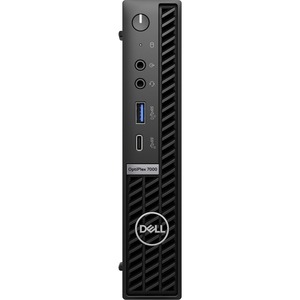Description
Gigabyte R271-Z31 Barebone System – 2U Rack-mountable – Socket SP3 – 1 x Processor Support – AMD Chip – 64 GB DDR4 SDRAM DDR4-2666/PC4-21300 Maximum RAM Support – 16 Total Memory Slots – Serial ATA/600 Controller – ASPEED AST2500 Graphic(s) – 16 2.5″ Bay(s) – Processor Support (EPYC) – 10 Gigabit Ethernet – 3 USB 3.0 Port(s) – 2 x 800 W – 3 Year
AMD EPYC™
The New x86 Option
AMD’s return to the CPU segment delivers a whole new value proposition to the x86 world. Built on GIGABYTE’s extensive design expertise across a range of chipset platforms, this AMD EPYC™ platform is already receiving acclaim for its high specification:
- Memory
- I/O
- Network connectivity
This platform is intended as an alternative for builders in the x86 space and packs a real punch in flexibility and expansion options.
CPU Key Features
- Memory Optimization
Memory speed of up to 2666MHz (at 1DPC)
Total memory capacity of 2TB supported - PCIe Lanes
Up to 128 lanes in both 1P and 2P offerings providing the highest expandability options of any x86 platform - Cores / Power
CPU power is managed at the core level, meaning that power is allocated only for specific workload needs - Security
Proprietary AMD security on chip
Comprehensive I/O
Both single- and dual-socket CPUs come equipped with 128x PCIe lanes, providing extensive I/O options. This is a huge improvement in I/O vs. incumbent x86 offerings.
Increased I/O allows for flexibility in extending your storage, networking or compute to a level previously unattainable with standard server motherboards.
In addition, the integrated nature of the processor – designed as a system-on-chip (SoC) – means that there is no need for a separate PCH and less additional switches needed for expansion lanes.
High-Speed Networking
GIGABYTE is the first vendor to offer 10Gb across dual ports on-board. This ensures that users can get the most out of their system and are well equipped for today’s traffic demands. This boosts the server’s network performance with full-line rate throughput and reduces CPU overhead, leaving the EPYC to focus on the real compute tasks.
Onboard M.2
GIGABYTE’s AMD EPYC 1S platforms are designed to support on-board ‘M.2’ storage devices for time-sensitive operations and leaves room on the standard storage for compute tasks. Delivering up to 32 Gb/s data transfer speeds, M.2 offers users considerably faster storage performance than current mSATA devices.
TPM 2.0 Module
GIGABYTE’s EPYC™ platform is designed to support Trusted Platform Modules (TPM – discrete cryptographic on-board processors).
Carefully Selected Components
GIGABYTE’s passive components are meticulously selected to guarantee a super stable operating environment and allow the processors and the memory to deliver their maximum performance. GIGABYTE’s server motherboards are built with ultra long lasting components for the highest reliability attainable which allows us to offer some of the most durable servers in the industry.
Ease of Deployment and Management
GIGABYTE is always responsive to market needs and user-friendly solutions, including:
- Tool-less rail kit included as a default across all new server models
- In-house designed proprietary tool-less sleds for 3.5″ HDDs to allow for easy swapping
- Supplying multiple connector options and tools where appropriate
Efficient, Reliable Power Supply
All of GIGABYTE’s new generation servers are guaranteed to offer a conversion efficiency of >90% regardless of load. This, combined with GIGABYTE’s precision design, translates to super efficient power usage which maximizes the system’s power:performance ratio and cuts OPEX for the end user.











